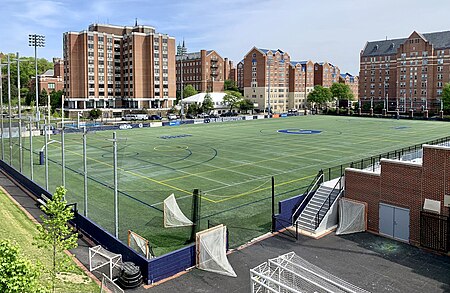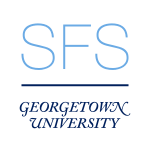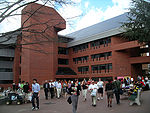Cooper Field
2005 establishments in Washington, D.C.American football venues in Washington, D.C.College field hockey venues in the United StatesCollege football venuesCollege lacrosse venues in the United States ... and 10 more
Former Major League Lacrosse venuesGeorgetown Hoyas footballGeorgetown University buildingsLacrosse venues in Washington, D.C.Multi-purpose stadiums in the United StatesRugby union stadiums in Washington, D.C.Southern United States sports venue stubsSports venues completed in 2005Washington, D.C., building and structure stubsWashington, D.C., sport stubs

Cooper Field, formerly known as Harbin Field and Multi-Sport Field, is a 3,750-seat multi-purpose stadium in Washington, D.C. on the campus of Georgetown University. The field was originally used for intramurals and was adopted for soccer in 1994 as Harbin Field. The name was changed to "Multi-Sport Field", a placeholder pending final construction, to reflect the football team's use of the field starting in 2003. In 2015, Georgetown changed the name to Cooper Field in honor of a $50 million gift from Peter and Susan Cooper which funded athletic leadership programs at Georgetown and construction upgrades to the field.
Excerpt from the Wikipedia article Cooper Field (License: CC BY-SA 3.0, Authors, Images).Cooper Field
O Street Northwest, Washington Georgetown
Geographical coordinates (GPS) Address Phone number Website Nearby Places Show on map
Geographical coordinates (GPS)
| Latitude | Longitude |
|---|---|
| N 38.908016 ° | E -77.07532 ° |
Address
Georgetown University
O Street Northwest 3700
20057 Washington, Georgetown
District of Columbia, United States
Open on Google Maps







